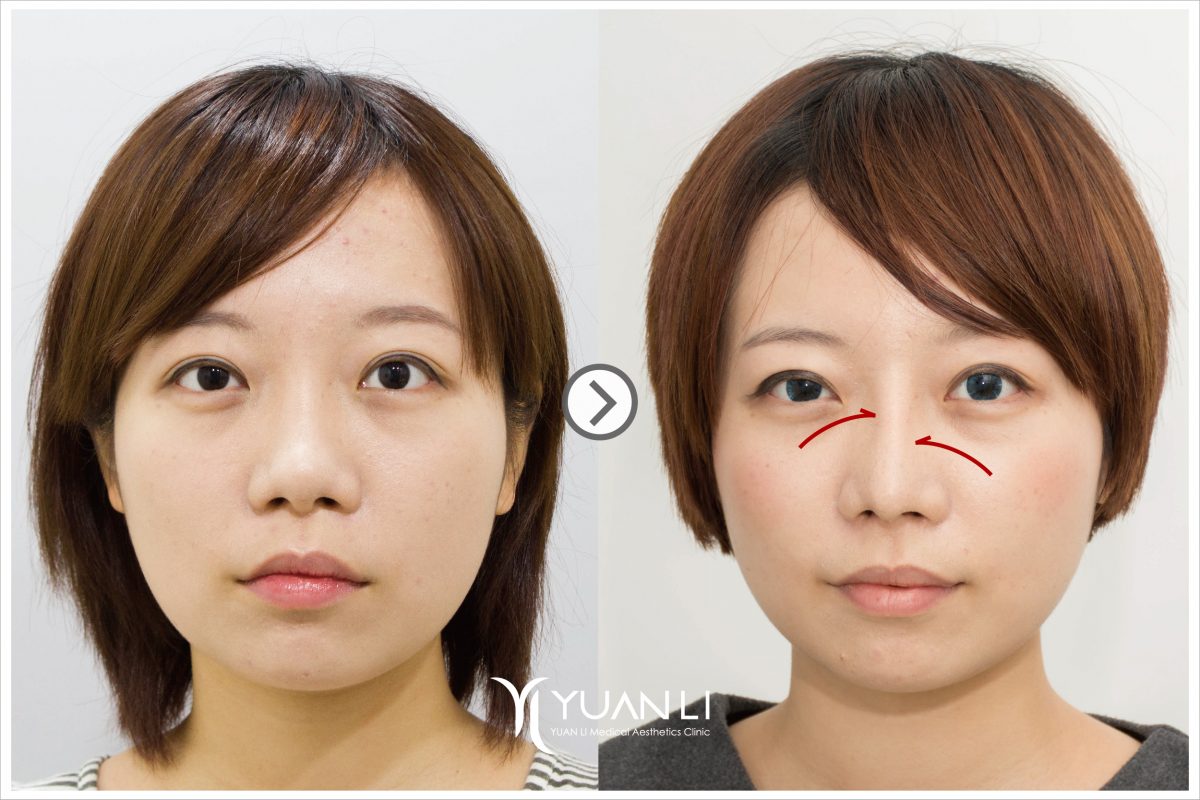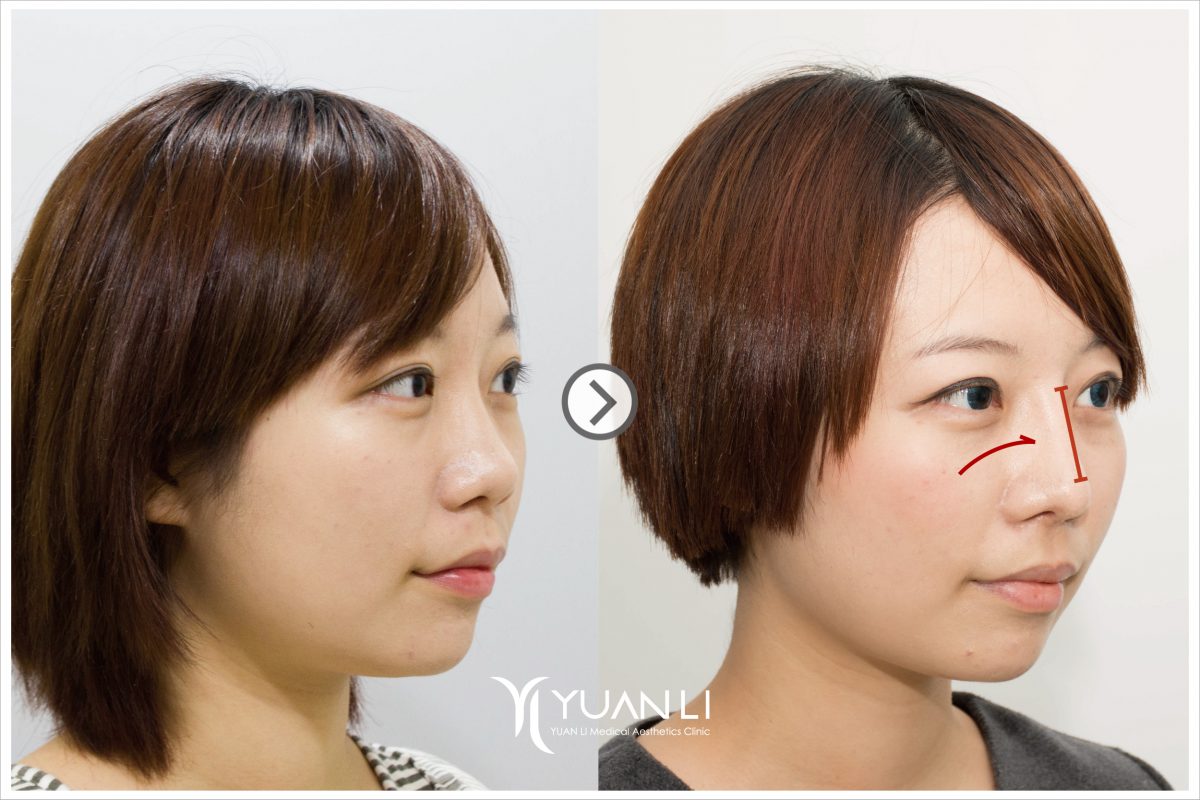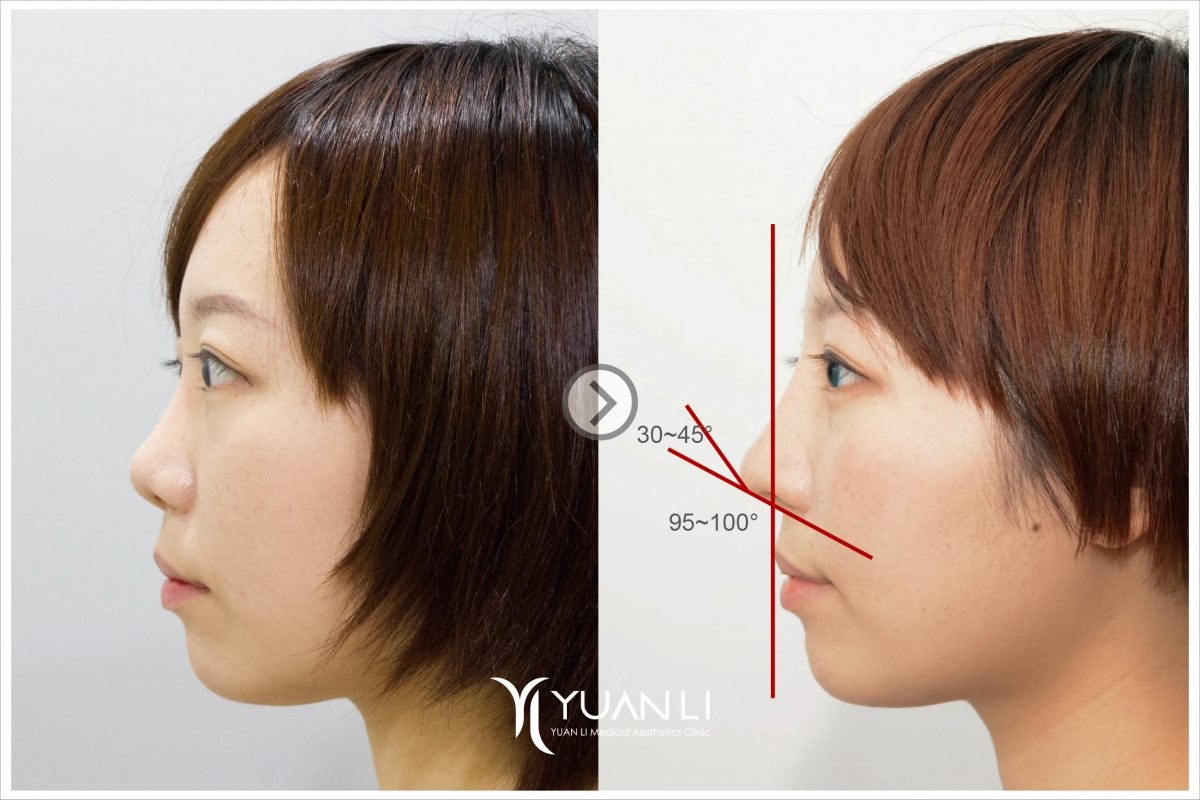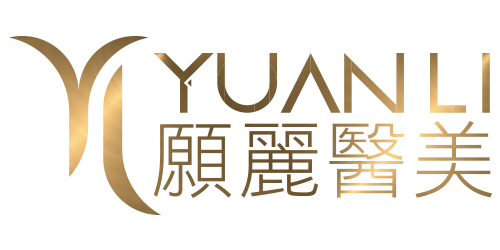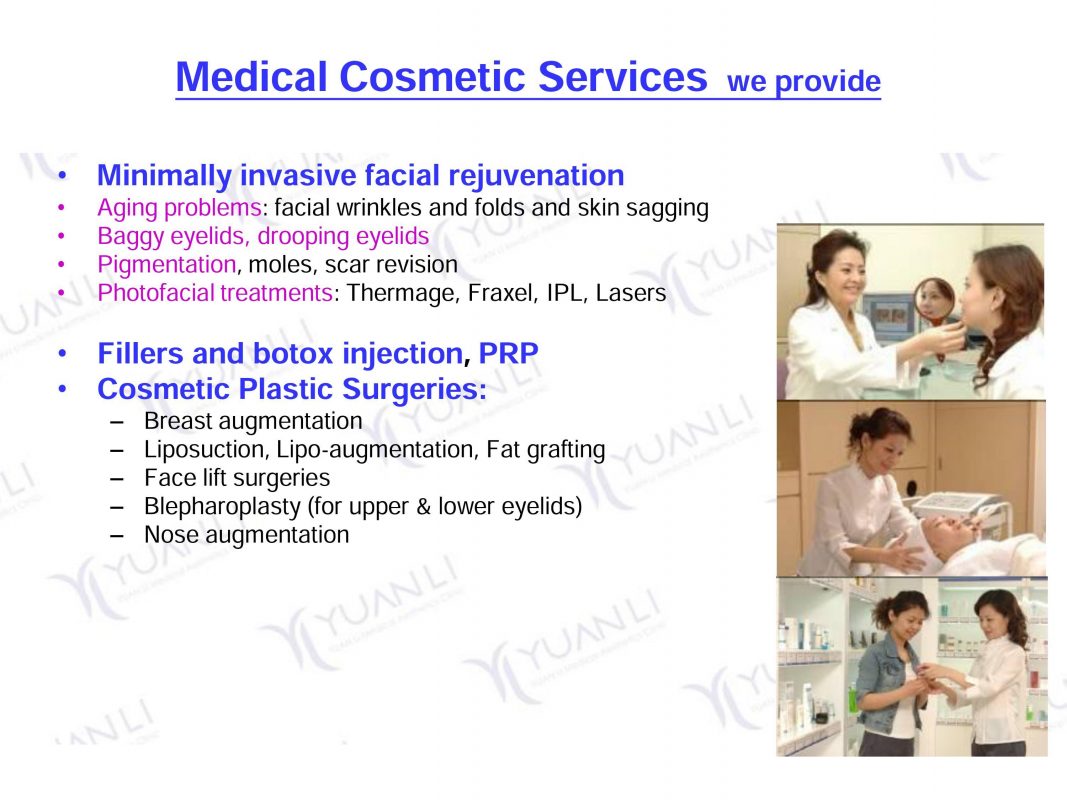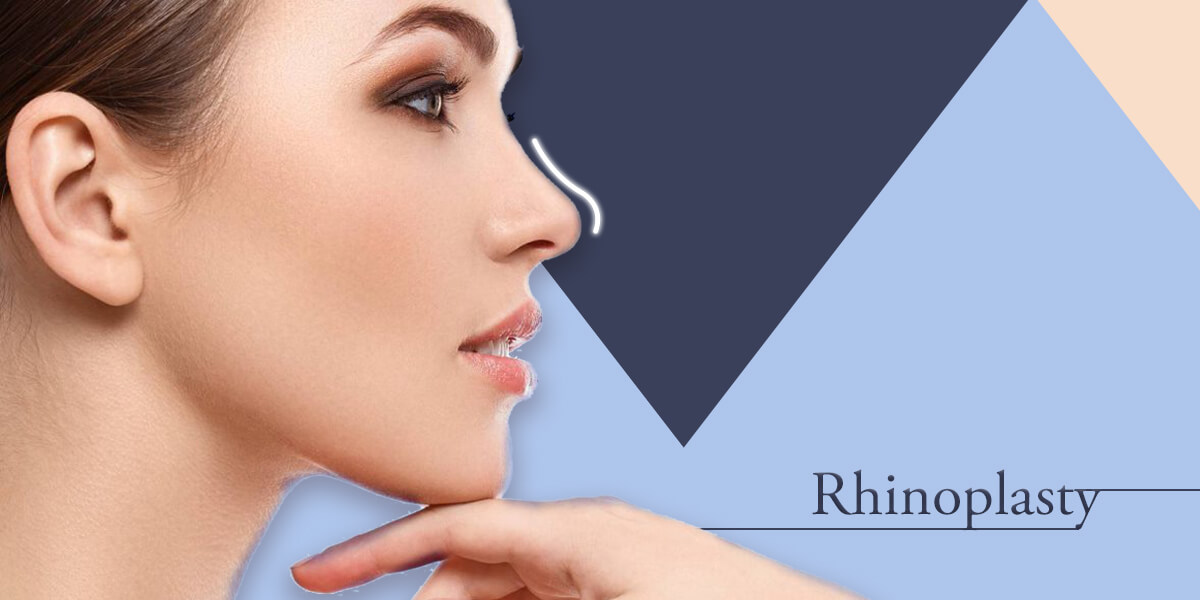
How it works?
Rhinoplasty is surgery that changes the shape of the nose. The motivation for rhinoplasty may be to change the appearance of the nose, improve breathing or both.
The upper portion of the structure of the nose is bone, and the lower portion is cartilage. Rhinoplasty can change bone, cartilage, skin or all three. Talk with your surgeon about whether rhinoplasty is appropriate for you and what it can achieve.
When planning rhinoplasty, your surgeon will consider your other facial features, the skin on your nose and what you would like to change. If you’re a candidate for surgery, your surgeon will develop a customized plan for you.
General instructions
- Wear a tape or plate for 1 week postoperatively to stabilize the nasal bridge.
- Avoid smoking and alcohol and impacts to the nasal bridge for 3 months postoperatively, and clean the intranasal wound in the morning and evening every day.
- Try to avoid raw food, seafood, and irritating food or spices for 3 months postoperatively.
- Try to avoid dirty water (such as sea water, swimming pool water, sauna water, and hot springs) and close contact with pets and dust mites.
- Please visit a doctor immediately in case of flu after the operation.
Ideal candidates
- Patients with poor conditions of nose shape such as deviated, collapsed, and short noses that requires complex rhinoplasty
- Those with a severe upturned nose or nostril exposure
- Those with a bulbous nose or wax apple-shaped nose
- Those who desire obvious changes in nose shape
- Those who undergo augmentation rhinoplasty but aspire for high standards
- Those with highly customized requirements
Possible complications
- Implant deviation
- Infection
- Nasal obstruction
- Foreign body reaction
- Poor wound healing
- Columellar or alar scars
Clinic Cases
